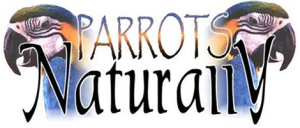
Jardines
Meet the Flock
Jardines
Loved for their intelligence and funny, affectionate personality, Jardine’s make a great family companion. They are cuddly without being clingy, totally laid back and capable of happily spending time on their own occupied with their toys.
As is almost common with all the parrots from the African continent, the Jardine’s Parrot is also a fairly good talker. They are not generally noisy parrots, but they do have a loud natural call that is rarely heard.
We have been breeding these delightful parrots for almost twenty years. Because of their popularity in aviculture we do have a waiting list, but please contact us if you’re interested in one of our babies.
Loved for their intelligence and funny, affectionate personality, Jardine’s make a great family companion. They are cuddly without being clingy, totally laid back and capable of happily spending time on their own occupied with their toys.
As is almost common with all the parrots from the African continent, the Jardine’s Parrot is also a fairly good talker. They are not generally noisy parrots, but they do have a loud natural call that is rarely heard.
We have been breeding these delightful parrots for almost twenty years. Because of their popularity in aviculture we do have a waiting list, but please contact us if you’re interested in one of our babies.





